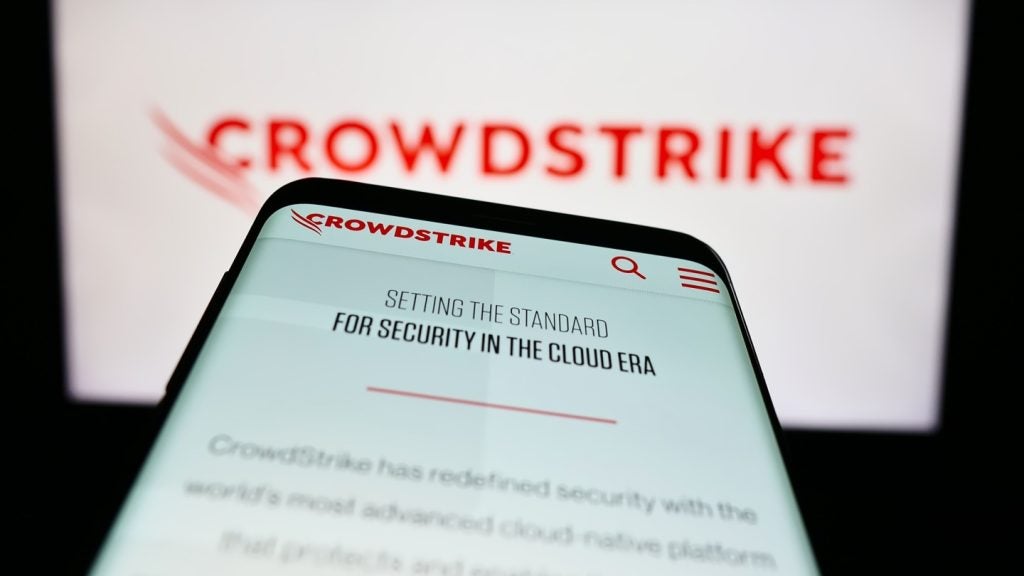Observability systems will play a significant role in the digitization of businesses in the new year, as IT operations scramble to accelerate the digitization of their businesses. Having the visibility to immediately discover and fix bugs, app performance inefficiencies, and security breaches will be more crucial than ever to an organization’s success post-pandemic.
More than ever, 2021 represents a year when enterprises will need to pick and choose those key platform services most relevant to supporting app modernization and accelerated digitization as well as combating the effects of a global pandemic and its economic fallout.
Observability concepts key to cloud computing
Monitoring and observability technologies such as application performance management (APM) have taken a backseat in the cloud’s evolution in recent years to more important breakthroughs such as Kubernetes containerization, cluster management, and low-code app development platforms. Now, operations teams are on a path of DevOps initiatives, assembling the components necessary for an application lifecycle management (ALM) approach based on cloud-native and hybrid cloud IT models. As part of that strategy, the observability concepts of monitoring, tracing, and visibility are becoming highly relevant parts of the cloud’s value chain.
This is especially true in a pandemic era, when business transformations are happening at accelerated speeds. In fact, some technology executives have noted that transformations which took companies two years to undergo in the past have been fast-tracked to two months. While such exceptional operational restructuring is impressive, it also introduces the opportunity for major software bugs, security breaches, and application and infrastructure performance bottlenecks.
Vendors are being pressed to respond to accelerated digitization through agile app development/deployment solutions, consolidated platforms that leverage low-code frontends and automated backend integrations, and – increasingly – technology that performs observability for the inevitable problems associated with aggressive cloud deployment scenarios. As a result, observability systems will be more tightly integrated into platform services in 2021.
New technologies on the rise
Based largely on progress made in the open source software (OSS) community, a number of observability-related technologies have sprung up in the past year. The most popular among them represent the fastest path to filling out vendor roadmaps and customer expectations for improved monitoring of and visibility into application modernization progress. Leading OSS technologies include Prometheus (monitoring), OpenTracing and Jaeger (tracing), Grafana (visibility), Kafka (distributed streaming), and Kiali (service mesh).
How well do you really know your competitors?
Access the most comprehensive Company Profiles on the market, powered by GlobalData. Save hours of research. Gain competitive edge.

Thank you!
Your download email will arrive shortly
Not ready to buy yet? Download a free sample
We are confident about the unique quality of our Company Profiles. However, we want you to make the most beneficial decision for your business, so we offer a free sample that you can download by submitting the below form
By GlobalDataIn the new year, application platforms and cloud providers will unveil new monitoring stacks that leverage these technologies as part of PaaS and SaaS offerings, helping site reliability engineers (SREs) and operational engineers involved in business transformations. This is a natural next step following 2020’s progress in Kubernetes containerization and clusters. For example, enterprise developers will seek out solutions that provide better integrated visibility into connectivity issues between microservices, including insight into throughput and memory/disk space consumption.
Notable thought leaders in this space include Red Hat, IBM, Datadog, Dynatrace, New Relic, and Cisco-owned AppDynamics.








Related Company Profiles
New Relic Inc
Datadog Inc
Dynatrace Inc
Red Hat Inc